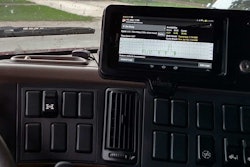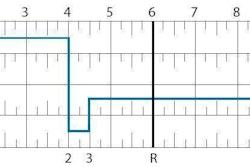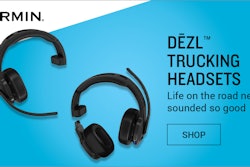The key thing for trucking companies large and small to know about the Dec. 17, 2019, last-permissible date to utilize grandfathered electronic-logging-devices-by-another-name (that would be Automatic Onboard Recording Device-type e-logs, or AOBRDs), is that it’s not too early to start making the transition today, particularly for fleets with numerous power units and legacy e-log equipment requiring hardware and/or software updates.
Truckload Carriers Association Government Affairs Vice President David Heller has heard some talk about extensions of the date, but there’s “not an appetite for that” at the Federal Motor Carrier Safety Administration, he said, judging by his conversations with regulators. Heller was speaking as part a TCA online seminar Thursday aimed to provide information on what the transition will entail. “Now is the time to begin that transition. Do not wait until December. Get the hiccups out of the way.”
A sizable majority of attendees of the seminar — 3 in every 4 — reported continued use of AOBRDs, which give some modicum of flexibility when it comes to the automatic switch to on-duty driving with motion as well as the ability to make edits in the back-end of the system without those edits being visible to roadside inspectors or approved by drivers. As far as hiccups, the biggest potential time-consuming hiccup for a fleet of some size has to do with hardware and software changes that may be required, depending on the AOBRD you may be using, and time to implement and train personnel on the new devices.
For many owner-operators running a smartphone-capable app like BigRoad or KeepTruckin, two of the most commonly used e-log products among independents, such a change could be as simple as the click of a drop-down menu in the system’s online dashboard, but that’s not the case for many others.
Things to know about the switch, too, were emphasized by both Heller and Mark Spicer, vice president of sales at e-log/telematics systems provider OrbComm, who presented the session. Owner-operators utilizing full-fledged ELDs will be familiar with the perhaps most obvious difference in functionality between AOBRDs and ELDs.
“When your driver jumps in the truck and begins to move forward” with an ELD, on-duty driving will be triggered in any on-spec device at “5 mph,” Spicer said, whereas with an AOBRD fleets were “allowed to define the speed limit” to trigger a driving status.
With log edits, drivers will now be firmly within the chain of custody of their logs — “edits made by the back office,” he added, will “go to the driver for final approval.”










